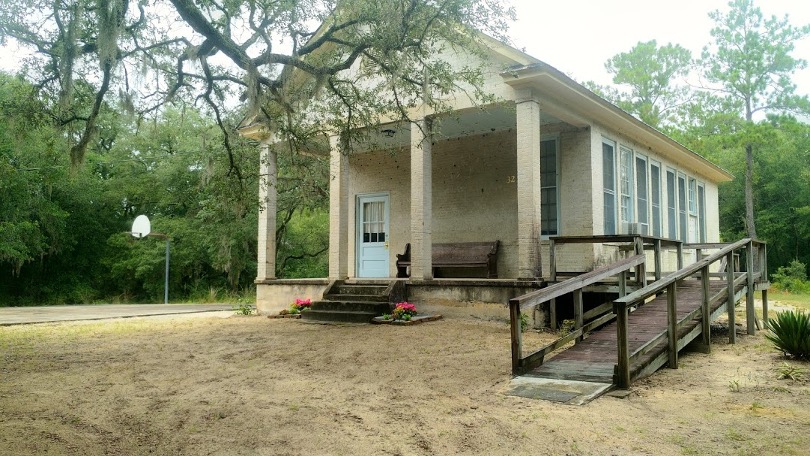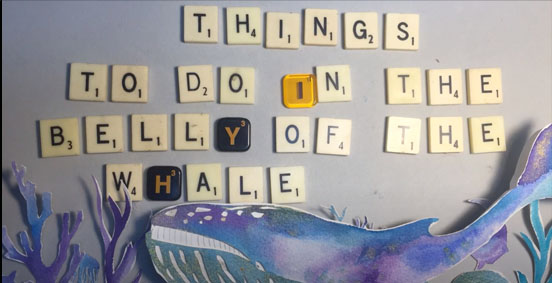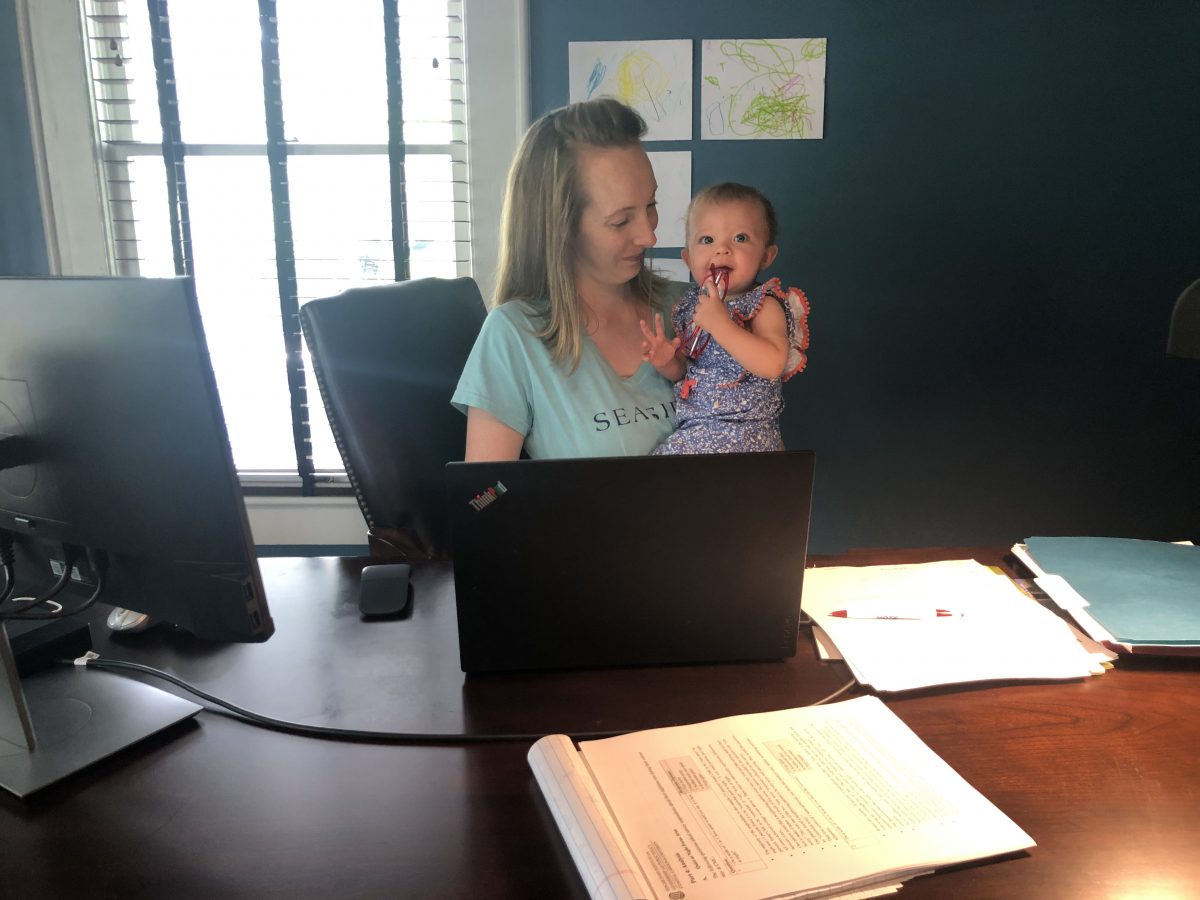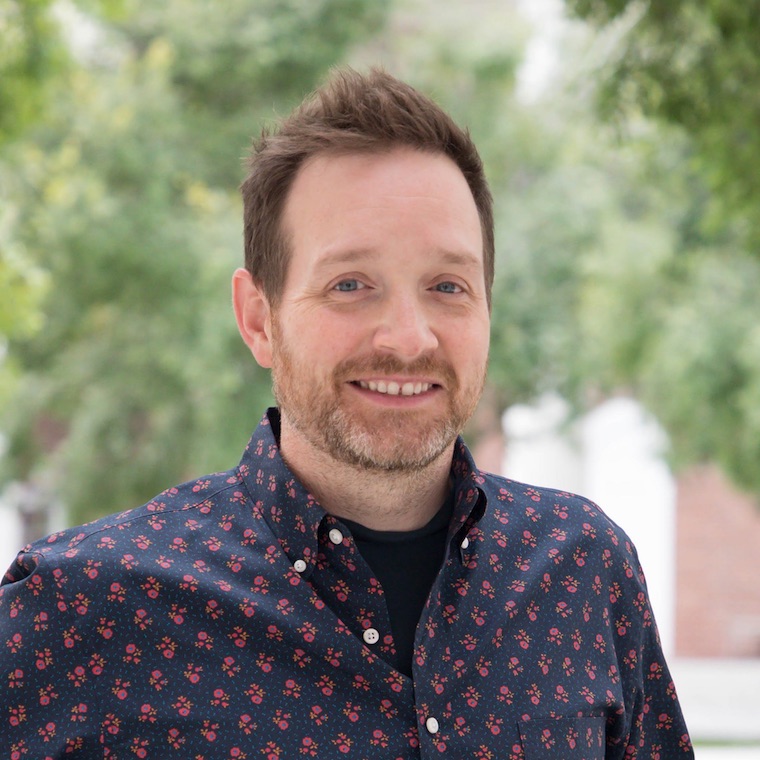CCU-led Nomination of Building on Final Review of
National Register of Historic Places
The Sandy Island School is only one step away from being added to the National Register of Historic Places. The South Carolina State Board of Review approved the nomination for the school to be added to the register as a significant cultural, historic, and architectural space.
The Sandy Island School, located in Georgetown County, served one of the last island communities only accessible by boat. Its construction in 1932 was financed by Archer and Anna Hyatt Huntington, the philanthropists who founded Brookgreen Gardens. From 1932 through 1966, the school taught children in first through eighth grades. It was converted into a senior and community center and later a library for island residents, which is still in use today.
The nomination is also significant for its connection to Prince Washington, a leader on Sandy Island, who sold the land to Archer Huntington for the school, ferried the school boat across the Waccamaw, and helped organize adult education courses at the school. Washington led efforts to bring electricity and telephone to the island in 1963 and 1965.
Eric Crawford, director of Coastal Carolina University’s Charles Joyner Institute for Gullah and African Diaspora Studies, and Alli Crandell, director of CCU’s Athenaeum Press, spearheaded the research and writing of the nomination, collaborating throughout the process with Brookgreen Gardens, Sandy Island community members, and CCU students.
Several Sandy Island community members, many of whom are alumni of the school, spoke on the significance of the nomination at the state board review meeting. Some residents spoke from the school building itself.
Charles Pyatt, who has been a leader in preserving the school, talked about the broad scope of the school’s impact.
“The nomination honors the foundation on which the school was built. You think about all the people who were educated here, who have gone on to become doctors, lawyers, military officers, and my brother [Isaac Pyatt], who became the Magistrate Judge of Georgetown County,” said Pyatt. “It’s really profound. It’s hard for me to put into words what it means.”
Yvonne Tucker-Harris linked the school’s history to the island itself.
“My daughter asks about this big building every time she visits Sandy Island,” said Tucker-Harris. “The story of this school is the story of this community.”
The nomination is part of the larger Sandy Island Cultural Initiative, a collaborative effort among Coastal Carolina University, the Sandy Island Community, Brookgreen Gardens, and Georgetown County. This initiative is funded by an African American Civil Rights grant from the National Park Service, which also supports the planning and rehabilitation of the school into a multi-use interpretation and gathering space for the community and visitors.
The research team first drafted the nomination to focus on the community support of the school that created a high-quality education for Sandy Island children, but through further conversations discovered that the school was an important part of voting rights.
During the 1950s and 1960s, black voters were subject to intimidating citizenship and literacy tests that were designed to impede them from voting. Prince Washington and community leaders, inspired by the Citizenship School movement near Charleston, set up adult courses in the Sandy Island School to help its pupils pass these restrictive tests. Of the 94 reported schools around South Carolina, researchers have previously identified the locations of only four near the Charleston area. The team hopes that finding two of these locations (Plantersville and Sandy Island) will inspire the identification of other adult education sites.
The final step for the school’s addition to the National Register of Historic Places is receiving approval from the Department of the Interior. That is expected to happen in August 2020.
More information about the grant project can be found on the Athenaeum Press’ website: http://projects.ccu.press/lowtide/nps-civil-rights-grant/




